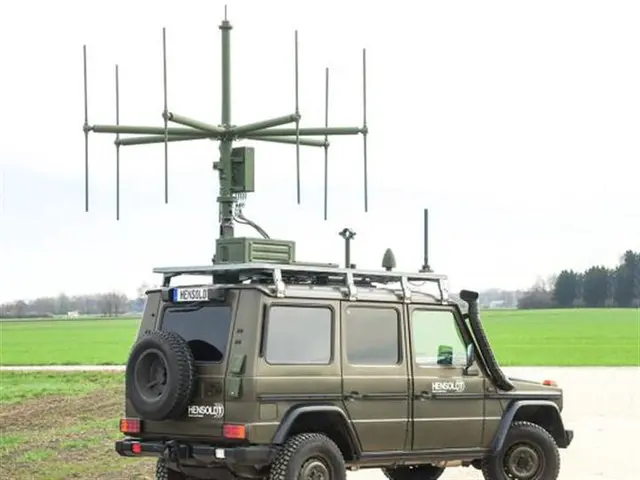Thousands of Nepali youths from all walks of life gathered early Saturday morning in a square in Kathmandu in an attempt to form the world's largest flag and to spread the message of unity and brotherhood among all Nepali people.
The youths, assembled at Tundikhel, Kathmandu, created what they believed was the world's largest human national flag that would surpass the current Guinness World Record.
The event began with playing of Nepal's national anthem and followed by the placing of cards on the heads of the huge mass forming the country's national flag.
The participants, including differently-abled individuals, orphans, foreigners, private sector representatives, women, students, those from the third gender and government officials, carried cards with the three colors of Nepal's national flag - white, crimson red and blue - and placed them over their heads to jointly form the country's national flag.
"Nepal! Nepal!" the crowd shouted after throwing the cards that they earlier placed over the heads, signaling the end of the colorful and memorable event.
"The event was a huge success and now we will send video footage and photographs to the headquarters of Guinness World Record in London to claim the Guinness World Record," Bhawesh Khanal, president of Human Values for Peace and Prosperity (HVPP), the main organizer of the event, told Xinhua.
Apart from HVPP, other 23 civic organizations, participated in the joint undertaking.
The Nepal national flag formed was 128 meters wide and 168 meters. The architectural design for the flag was done by some 800 engineering students who are doing their internship in universities.
Previously, the national flag formed by humans consisting of 28, 957 participants was recorded on Feb. 15, 2014, in an event was organized by Sports Board Punjab at the National Hockey Stadium in Lahore, Pakistan.
The organizers claimed that the event was successful in helping Nepal promote unity and brotherhood aside from forming the world's largest flag through cards placed on top of human heads.
"The event was able to highlight the much needed message of unity, harmony and brotherhood among our people and the rest of the world," Khanal said.
At a time when the Nepali society has been fragmented by political ideology, economic and social disparity, ethnic and geographical division, gender discrimination and many other factors, the event has successfully engendered a sense of harmony and fraternal love among the more than 30 million people in the landlocked Himalayan country.
 简体中文
简体中文

